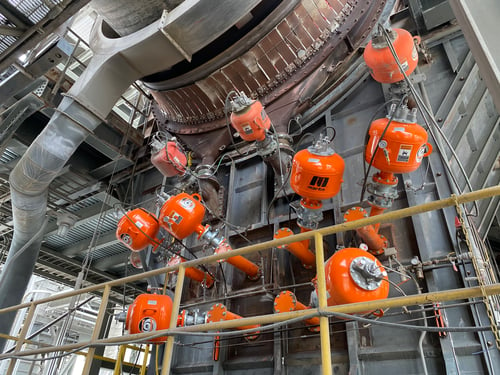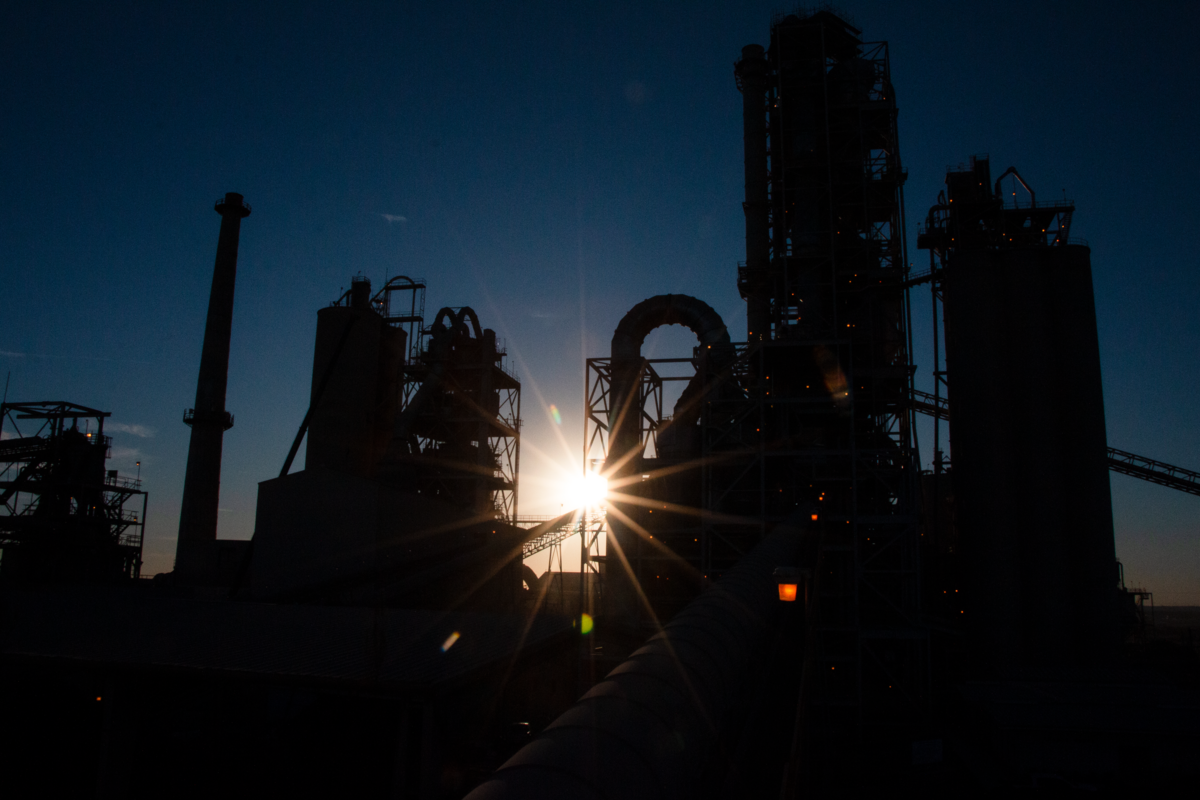By Alan Highton on May 20, 2022 1:48:49 PM
Clinker is material produced in the burning stage during cement production and is used as the binder in concrete. It is created by heating limestone and clay to the point of calcination at extremely high temperatures in a rotary kiln. So what happens to the finished cement product if the clinker production process is interrupted? It yields less-than-ideal results.
Baking Cakes & Clinker
When I worked at Martin South Africa and was in and out of cement plants frequently, I used to compare making clinker to baking a cake. With the right airflow, raw materials, and temperature you have the right ingredients and environment to successfully produce clinker. Just like you need the right ingredients for a good cake. 🎂 If you open the oven door halfway through baking, cold air engulfs the cake and increases the chance for the cake to flop. Or if the oven doesn't work properly, failing to maintain the desired temperature, the cake can fail or not rise properly.
.jpg?width=450&name=CakeInOven%20(2).jpg)
Just like when using a crockpot, it is best to resist the temptation to sneak a peak/sniff as each time the lid is lifted, the temperature drops by 10-15 degrees, slowing the cooking process by 30 minutes. It will take around 30 minutes to restore the desired and previously-reached temperature and could risk the finished product/meal. Not to mention when the lid is lifted, steam escapes right into your face, and hot condensation can drip from the lid onto your hand and arm.
Or, if you are one of the unfortunate ones who have experienced the messy outcome of taking a pre-prepared casserole dish directly from the fridge to the pre-heated oven you will understand this comparison well. The glass can shatter...into tiny pieces everywhere (just like splintered refractory bricks...more to come on that, keep reading) What a dangerous mess (not to mention dinner is now ruined).
Prevent Blockages

Inside the preheat tower, airflow and speed must be correct. If not or if blockages are present, the clinker will start to stick to the walls, creating a bottleneck. When a bottleneck like this occurs., I often hear of workers opening the preheat tower door. Once the door is opened, cold air gets in. The air temperature then drops, negatively affecting the clinker process. I have also seen crews use pipes or hammers to bang on walls in an attempt to loosen the blockage which is a temporary, time-consuming, and ineffective method (and hard on the body). Using cold water/air to break up the accumulation is also a reactive, not proactive method, causing refractory bricks to crack and splinter. By using methods that require opening the door or adding cold water/air, more fuel needs to be added to regain necessary temperatures More fuel = more money 💲. Invasive methods that damage the refractory can require costly repairs and an unplanned shutdown.
What About Safety?
I touched on the costs and ineffectiveness of such methods, but what about the hazards? When opening the kiln door, shattered and hot material can fly out. Accidents like that are costly and can leave workers seriously injured, even killed. It isn't worth the risk when solutions and enhancements to your operation can easily prevent the need to manually intervene.
Flour, eggs, sugar, butter, baking powder (and more) at 350° for 30 minutes make for a good cake. Limestone, iron ore, silica, and alumina at 2500° for 3 minutes is a recipe for good clinker. Keeping safety and production in mind can be overlooked in clinker production. If you are struggling with this, go back to the basics (like when baking a cake) and be sure to follow the necessary steps. Be proactive & safe!




comments